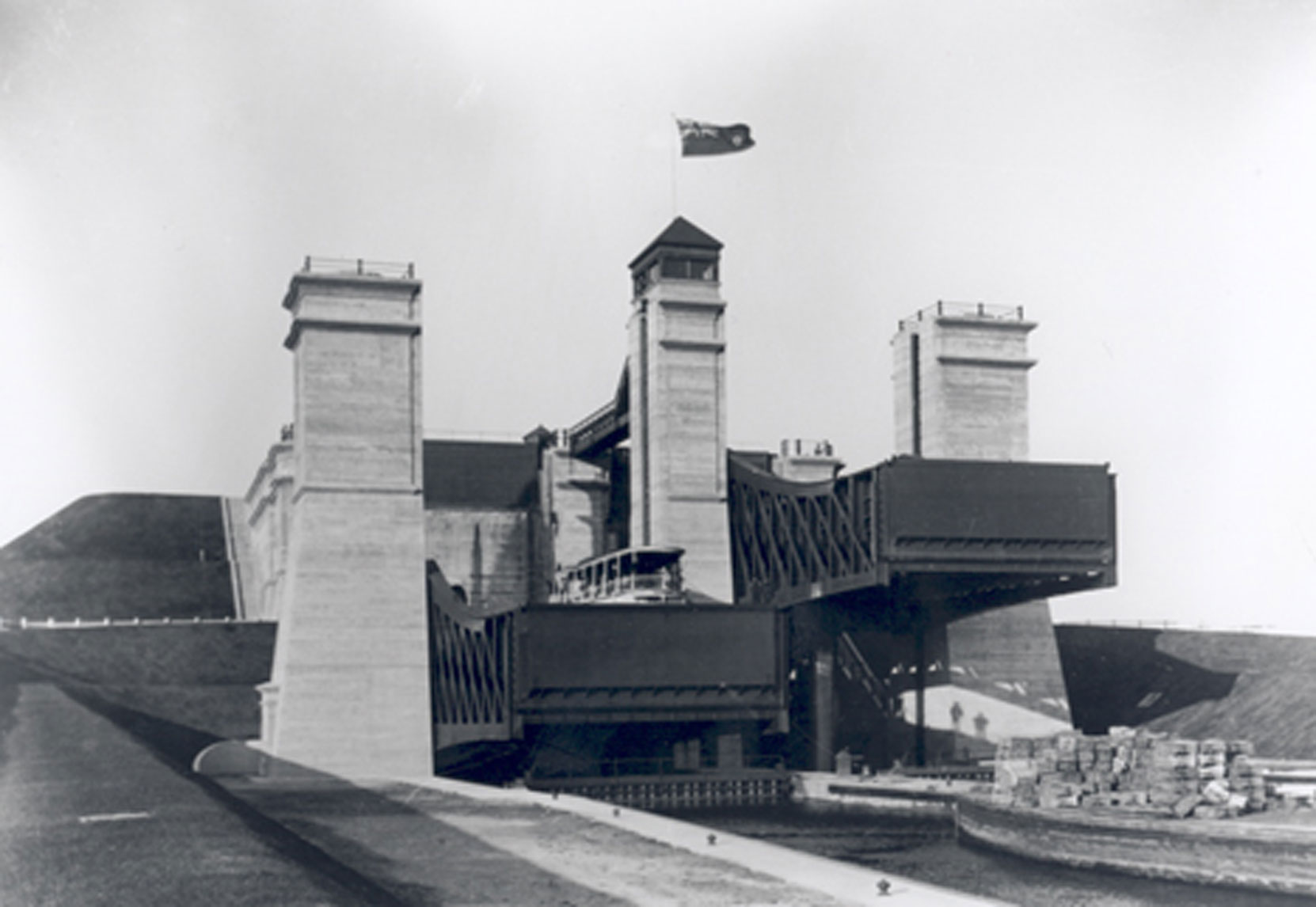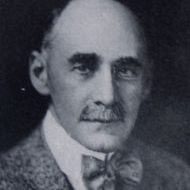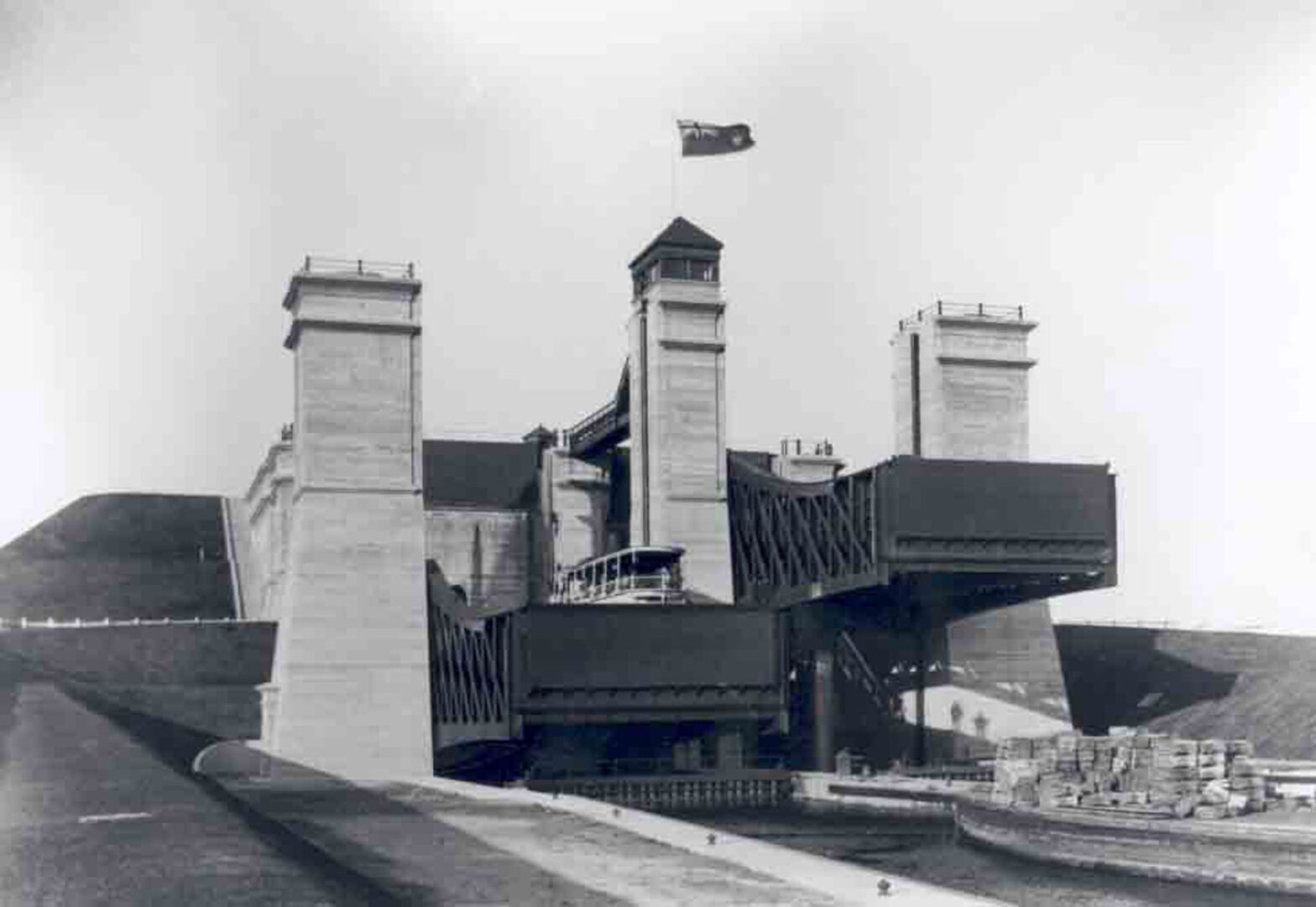Peterborough Lift Lock
The Peterborough Lift Lock was built as part of the Trent-Severn Waterway between 1896 and 1904. It is now a National Historic Site of Canada.

Prior to 1900, cement to build the Peterborough Lift Lock and other projects at the eastern end of the Trent-Severn Waterway was supplied by the Owen Sound Portland Cement Company from its operations at Shallow Lake, Ontario, over 300 kilometers from Peterborough.
In 1900, Robert Butchart and other principal shareholders of the Owen Sound Portland Cement Company decided to set up a new cement factory near Peterborough at the village of Lakefield, Ontario. Their goal was to supply cement for the construction of the eastern end Trent-Severn Waterway from a site near the construction projects, thereby drastically reducing the costs of transporting cement from Owen Sound and Shallow Lake.
In 1900 they incorporated the Lakefield Portland Cement Company to carry out that objective.
Here is an explanatory excerpt from Chapter 3 of our Butchart Gardens History:
“…..The Butcharts and the Kilbourns knew that the Trent-Severn Waterway project would require huge amounts of cement. The Peterborough Lift Lock alone required over 19,879 cubic meters (26,000 cubic yards) of concrete. Since 1896, the Owen Sound Portland Cement Company’s Shallow Lake plant had been supplying cement to the federal government for the waterway’s construction.
But Owen Sound was 300 kilometers (180 miles) from Peterborough by water. Transporting cement from Shallow Lake to the construction sites around Peterborough involved significant transportation costs.
In 1900, Robert Butchart and the Kilbourns found a simple way to reduce the cost of supplying cement to the eastern end of the Trent Canal project. Marl and clay, the main ingredients of Portland cement, were, they discovered, available near the village of Lakefield, at the eastern end of the canal. Lakefield was no more than 33 kilometers (20 miles) from any of the waterway’s construction sites between Peterborough and on the Trent Canal. If they could manufacture cement at Lakefield, their shipping costs would be substantially reduced.
Along with reducing shipping costs, the idea of setting up a plant in Lakefield had another major strategic benefit: there were no competitors nearby. The first company to offer top quality cement from a factory near the Trent Canal would likely be able to get most, if not all, of the contracts to supply cement for the Trent Canal construction.
This was probably what Robert Butchart and the Kilbourns had in mind when, on 24 August 1900, they incorporated the Lakefield Portland Cement Company, Limited with an authorized capital of $500,000 divided into 5000 shares at $100 per share. $95,000 in start up capital was provided immediately upon incorporation. Robert Butchart invested $25,000; John M. Kilbourn, $47,000; George Kilbourn and Francis Kilbourn invested $1,000 each.
The other $21,000 was provided by two other investors in the new company. $1,000 was invested by Horace B. Smith (1865-1939), an Owen Sound lawyer who had married into the Kilbourn family in 1892……………..
The remaining $20,000 invested in the new Lakefield Portland Cement Company was contributed by an American, William Henry Eugene Bravender, who is described in the corporate records as a cement manufacturer from the village of Warners, NY.[1] In 1904, William H.E. Bravender also became one of the original investors in the Vancouver Portland Cement Company, most of whose lands at Tod Inlet are now part of The Butchart Gardens….”
Here is a map showing the location of the Peterborough Lift Lock:
Here is a Google Street View image of the Peterborough Lift Lock:
Would you like to leave a comment or question about anything on this page?

